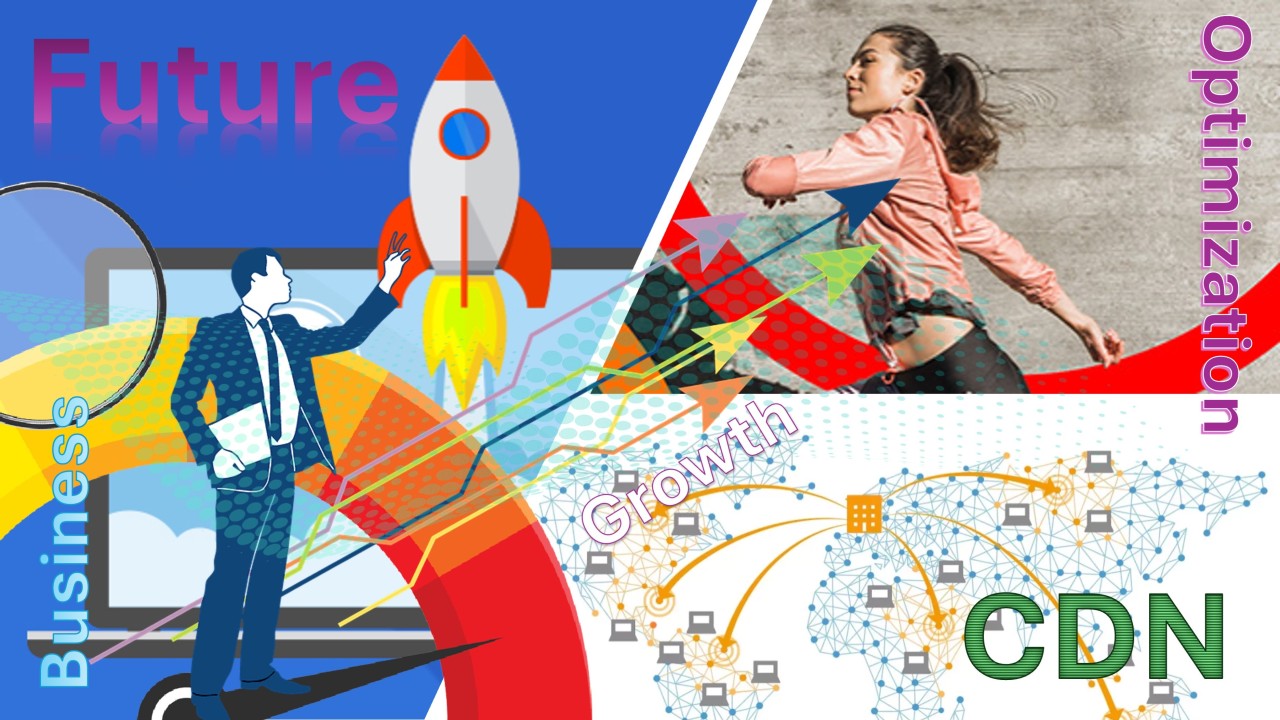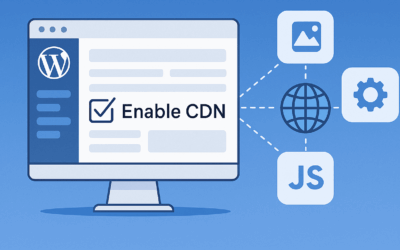In the modern digital landscape, delivering a fast and seamless online experience is essential for businesses. Two critical technologies that enhance website performance are Content Delivery Networks (CDNs) and image optimization. These technologies significantly impact Search Engine Optimization (SEO), Search Engine Marketing (SEM), customer experience, server costs, and conversion rates. Let’s explore their importance in detail with a comparison of Utility Server – MARLIN (utility-server.com) and its competitors such as Gumlet (gumlet.com), Imagekit (imagekit.io), Akamai (akamai.com), and Cloudflare (cloudflare.com).
What is a CDN?
A Content Delivery Network (CDN) is a distributed network of servers strategically placed worldwide to deliver web content faster. Instead of serving content from a single origin server, a CDN caches and delivers data from the nearest server to the user. This reduces latency and enhances loading speeds, especially for global audiences.
Comparison of CDN Providers:
- Utility Server – MARLIN (utility-server.com) offers an advanced CDN solution that enhances performance with intelligent caching, real-time optimization, and integration with existing cloud services.
- Gumlet (gumlet.com) and Imagekit (imagekit.io) focus on media-specific CDN solutions, offering real-time image transformation and delivery optimizations.
- Akamai (akamai.com) and Cloudflare (cloudflare.com) provide enterprise-grade CDN services with a broader global reach, focusing on performance, security, and scalability.
What is Image Optimization?
Image optimization involves reducing image file sizes without compromising quality. This is achieved through compression, choosing appropriate formats (JPEG, PNG, WebP, AVIF), and implementing responsive images that adapt to different devices. Proper image optimization ensures that websites load quickly while maintaining a visually appealing design.
Comparison of Image Optimization Solutions:
- MARLIN (utility-server.com) utilizes AI-driven image optimization, providing dynamic resizing and format conversion to enhance performance.
- Gumlet (gumlet.com) and Imagekit (imagekit.io) specialize in real-time image transformation, optimizing images on the fly for different devices and bandwidth conditions.
- Cloudflare (cloudflare.com) and Akamai (akamai.com) integrate image optimization with security features, ensuring accelerated content delivery alongside DDoS protection.
Importance for SEO
Search engines prioritize fast-loading websites, making CDN and image optimization crucial for SEO. Here’s how they contribute:
- Faster Load Times: Page speed is a ranking factor for Google. A faster website improves search visibility. Optimizing images and utilizing CDNs can significantly reduce load times, thereby improving search rankings. However, it’s crucial to configure CDNs correctly; improper setups can hinder search engine crawlers, negatively affecting SEO (cachefly.com).
- Lower Bounce Rate: Slow pages drive users away. Optimized images and CDNs enhance user retention.
- Better Mobile Experience: Google follows a mobile-first indexing approach. Optimized images and a CDN ensure a smooth mobile browsing experience.
Importance for SEM
In SEM (Search Engine Marketing), where paid advertising campaigns rely on user engagement and page experience, CDN and image optimization help by:
- Reducing Ad Spend Waste: Faster-loading landing pages reduce bounce rates, ensuring that paid clicks lead to meaningful engagement.
- Improving Quality Scores: Google Ads considers landing page experience, and better scores lower cost-per-click (CPC). For instance, Walmart experienced a 2% increase in conversions for every 1-second improvement in page load time (cloudflare.com).
- Enhancing Retargeting Performance: Optimized pages encourage users to stay and engage, improving remarketing effectiveness.
Customer Perspective
From a customer’s viewpoint, site speed and image quality are crucial for user satisfaction:
- Better User Experience: Faster websites reduce frustration and encourage users to browse more. Users expect swift interactions; a 1-second delay in mobile page load can decrease conversions by up to 20% (thinkwithgoogle.com).
- Professional Appearance: Crisp, optimized images enhance credibility and brand trust.
- Mobile Friendliness: With most users accessing websites on mobile, optimized images load faster, improving accessibility.
- Bounce Rates: As page load time increases from 1 to 3 seconds, the probability of a user bouncing increases by 32% (shopify.com).
Case Studies
- Pinterest: After integrating a CDN, Pinterest experienced a 40% reduction in perceived load times, which substantially improved user engagement metrics (loadforge.com).
- Furnspace: By optimizing images, Furnspace reduced load times by 65%, resulting in a twofold increase in conversions (nitropack.io).
Impact on Server Costs
CDN and image optimization significantly reduce server expenses:
- Lower Bandwidth Consumption: Smaller image files mean reduced data transfer costs.
- Decreased Server Load: Offloading traffic to a CDN minimizes server strain, improving efficiency.
- Scalability: Businesses can handle traffic spikes without overburdening their servers.
Conclusion
Implementing a CDN and optimizing images are fundamental strategies for improving website performance. Utility Server – MARLIN (utility-server.com) offers a competitive, AI-driven CDN and image optimization solution that aligns with the needs of businesses aiming for speed and efficiency. While Gumlet (gumlet.com) and Imagekit (imagekit.io) cater to media-heavy applications, Akamai (akamai.com) and Cloudflare (cloudflare.com) provide enterprise solutions with a broader security focus.
Ultimately, businesses must choose a solution based on their specific needs—whether it’s affordability, media optimization, or enterprise-grade security. By prioritizing speed and efficiency, companies can enhance their SEO, SEM efforts, customer satisfaction, and ultimately, their bottom line.




